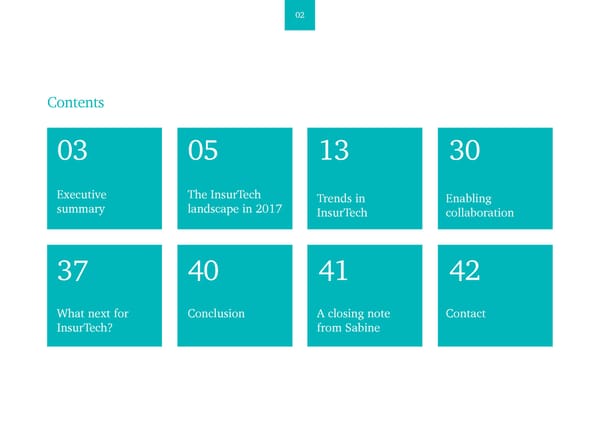02 Contents 03 05 13 30 Executive The InsurTech Trends in Enabling summary landscape in 2017 InsurTech collaboration 37 40 41 42 What next for Conclusion A closing note Contact InsurTech? from Sabine
 PwC & Startupbootcamp InsurTech: READY FOR TAKE OFF Page 1 Page 3
PwC & Startupbootcamp InsurTech: READY FOR TAKE OFF Page 1 Page 3